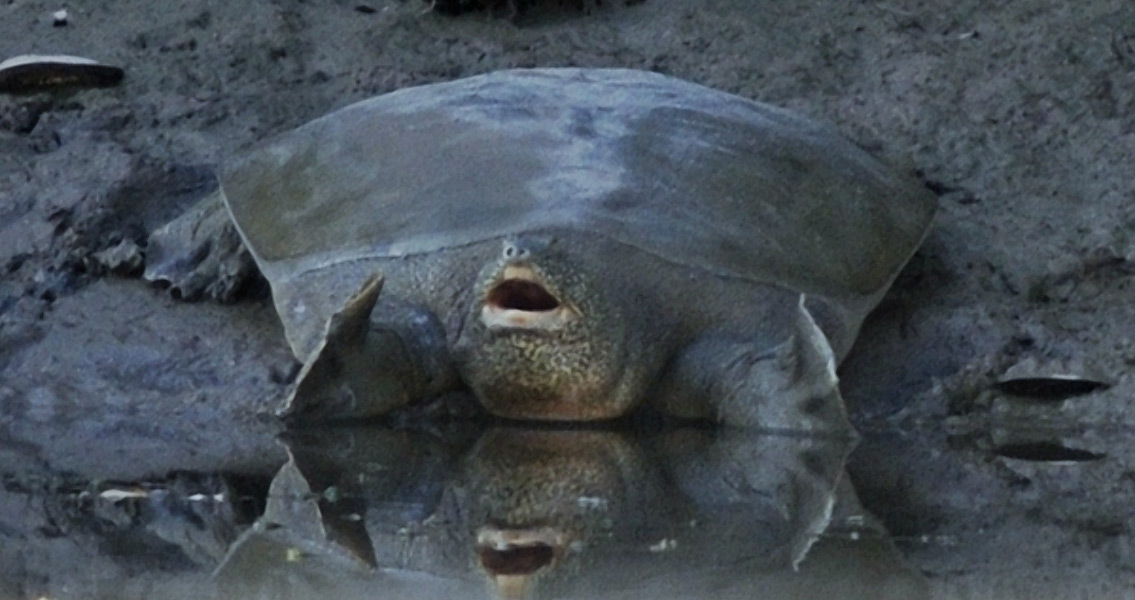<![CDATA[An archaeological site in the southeastern region of Turkey dating back to the Iron Age has yielded surprising results – a human grave adorned with several turtles. The site, located on the south bank of the Tigris River just a stone’s throw from the town of Bismil, is known as Kavusan Höyük. The multi-period site has yielded treasures in the past dating from as early as the third millennium BCE to the Middle Ages, but the Iron Age grave site – dated to around 2,500 years old – is unique for the inclusion of a number of Euphrates softshell turtles that seem to have been butchered specifically for inclusion with the two sets of remains found alongside. Laid to rest within the grave among the turtles were, judging from preliminary study of their skeletons, a middle-aged woman of anywhere between 45 and 55 years of age and a child, 6 to 7 years old, of undetermined sex. The woman had been interred first followed very shortly thereafter by the child, based on the lack of any disturbance of the former’s remains; the latter, which was posed with its left leg bent and its left arm stretched up across its shoulder to shield its face, is thought to have been a female based on the an broken Iron Age brooch known as a fibula that had been buried with the child as a grave good. With a woman and child buried together in the same grave, it may be natural to assume some sort of kinship between them – possibly even mother and daughter. However, the pair of remains has yet to be subjected to DNA analysis, making it impossible to make any sort of determination as yet. Neither set of remains bore any evidence of suffering fatal trauma. The remains of more than 20 turtles were found to have been positioned in a ring around the edge of the burial pit. Additionally, the shells of two turtles, plus a number of bones, were found to have been scattered in the center of the gravesite; one of central turtle shells was from a spur-thighed tortoise. Additionally, three of the turtles were found to have been Middle Eastern terrapins, a common species to find in eastern Turkey; the remaining 17 were the Euphrates turtles, a species noted as being highly aggressive. Finding both the Middle Eastern terrapins and Euphrates turtles being used as grave goods was called “unprecedented” by the researchers involved in the archaeological site, according to an article appearing in Discovery News. Euphrates softshell turtles, a carnivorous species that are not above scavenging from carcasses, have been known to feed on the bodies of animals as large as horses adrift in bodies of water. The significance of their use to embellish the gravesite is yet to be discerned. The full text of the research paper regarding the discovery appears in the journal Antiquity and can be read online here.]]>
Burial With Turtles – An Unusual Iron Age Interment
